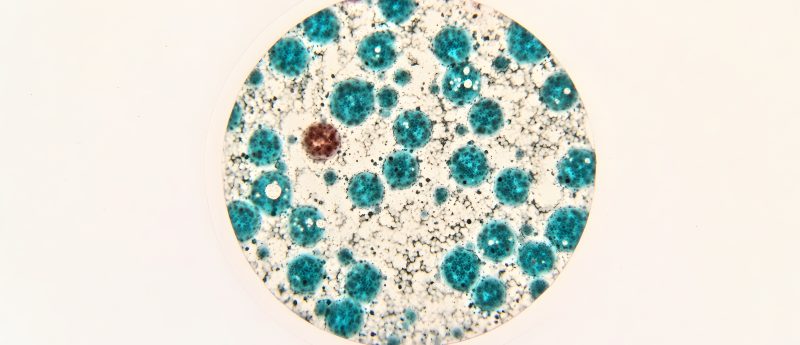Faster, more accurate breast cancer diagnosis proposed with new optical technique

Researchers from the University of Illinois at Urbana-Champaign and Chicago (both IL, USA) have developed a new optical method for the rapid and accurate determination of whether breast tissue lesions are cancerous.
The research, led by Gabriel Popescu and recently published in the Journal of Biomedical Optics, reports a quantitative method for diagnosing breast cancer using SLIM. As the method utilizes quantitative data rather than subjective assessment, it is hoped that the preliminary results demonstrate the potential of the technique to become the basis for an automated image analysis system that would provide rapid and accurate diagnostics.
“Conventional methods for diagnosis of breast cancer have several limitations, including observer discrepancy,” commented YongKeun Park, from Korea Advanced Institute of Science and Technology (KAIST, Daejeon, South Korea), a guest editor of the special section titled ‘Quantitative Phase Imaging in Biomedicine’ in which the article appears.
When a breast abnormality is discovered, the standard practice is to perform a tissue biopsy, which is then stained and studied under the microscope. This is done manually and variations in staining and microscope illumination do not easily facilitate automation. Manual inspections are time consuming, subject to investigator bias and in some cases result in delayed diagnosis.
Using breast tissue biopsies from 400 patients, researchers selected two parallel, adjacent sections from each biopsy. One of these was stained and one was left unstained. Unstained samples were analyzed using spatial light interference microscopy module attached to a commercial phase contrast microscope to generate interferograms.
Four interferograms were used to produce one quantitative image, exhibiting areas with different refractive properties in different colors. The boundary between the tumor and surrounding cells was clearly delineated, allowing the researchers to assess whether the tumors were malignant or benign.
Source: New optical method promises faster, more accurate diagnosis of breast cancer; Majeed H, Kandel ME , Han K et al. Breast cancer diagnosis using spatial light interference microscopy. J. Biomed. Opt. 20(11). (Doi: 10.1117/1.JBO.20.11.111210) (2015).
